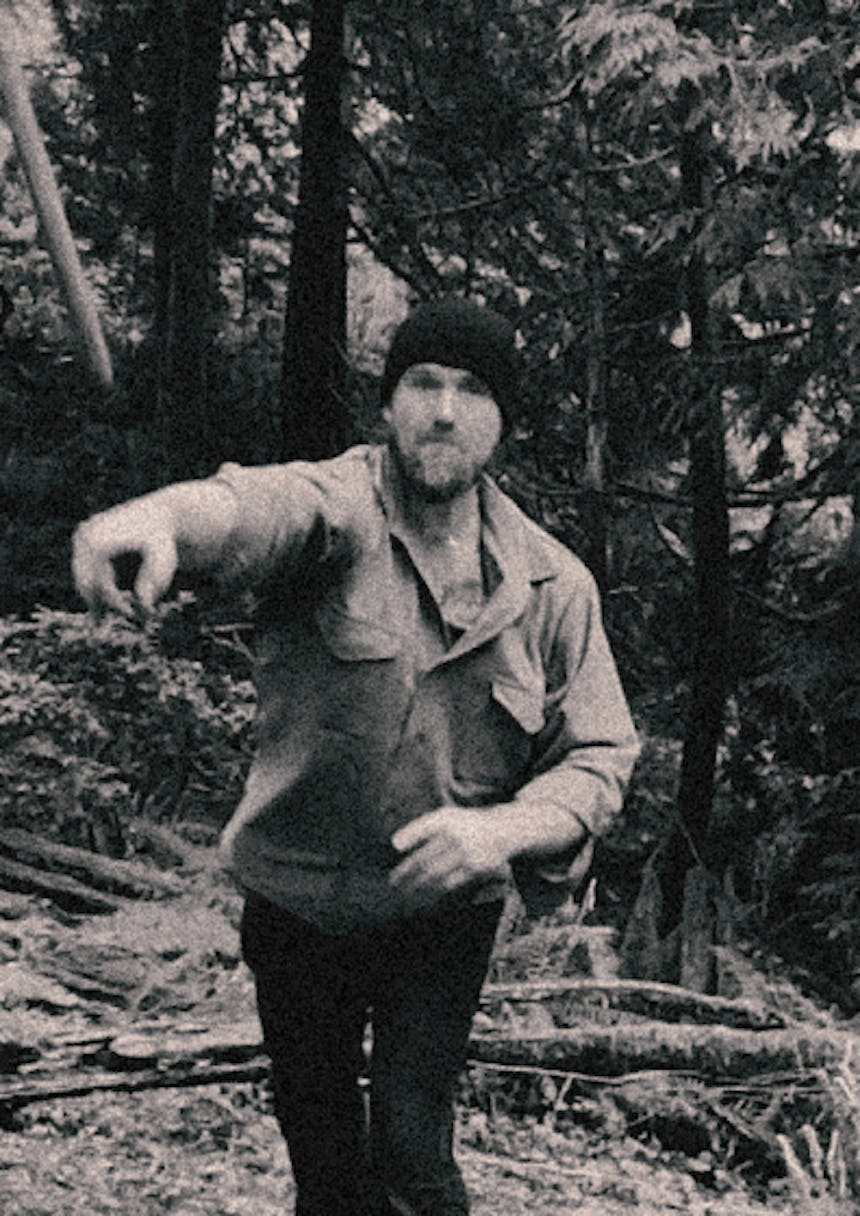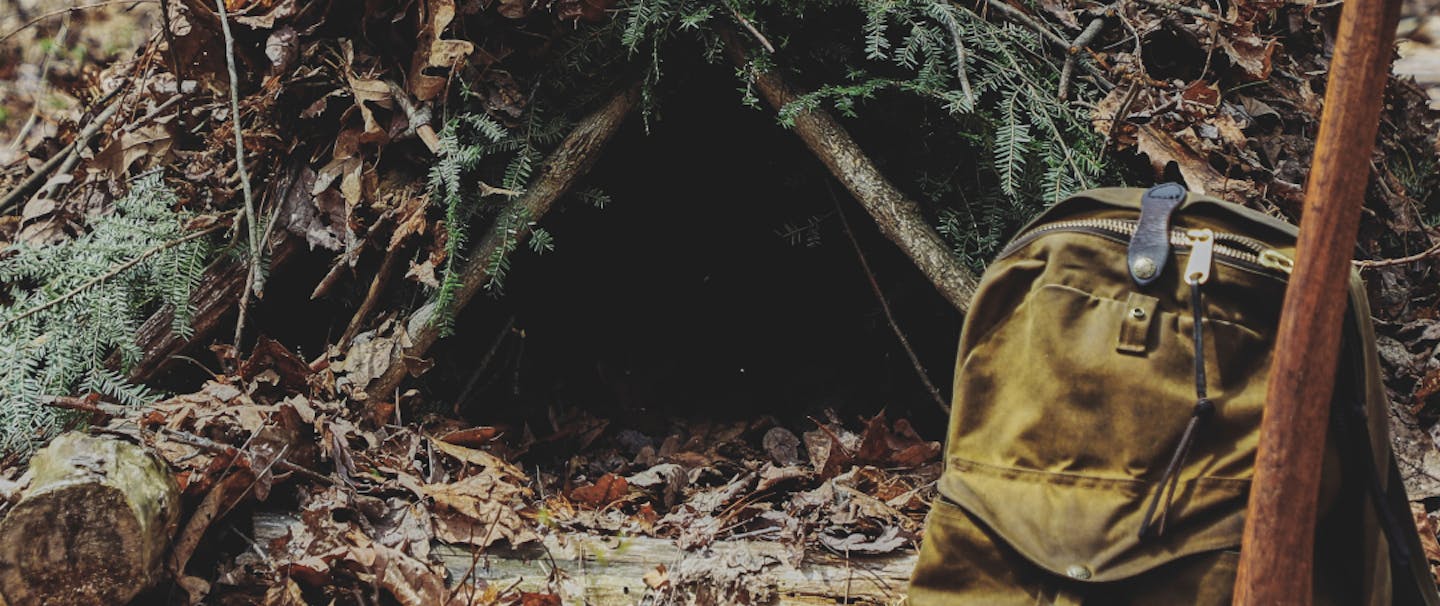IT’S DANGEROUS, BUT IF YOU HAVE THE TIME AND SPACE FOR A LOT OF PRACTICE, IT’S A PRETTY SATISFYING SKILL TO HAVE.
FILSON CONTRIBUTOR JORDAN HANSSEN EXPLAINS HIS TECHNIQUE:
DON’T THROW AN AXE AT ANYTHING YOU DON’T WISH TO DESTROY. ALWAYS LOOK OUT FOR WHAT’S BEHIND THE TARGET AND BE WARY OF WHERE MISSED SHOTS GO AND HOW IT MIGHT GET DEFLECTED. AN OUTSIDE AREA ROUGH 20 BY 40 FEET SHOULD ACCOUNT FOR MOST MISSES AND RICOCHETS FOR PRACTICING THE BASIC SHOT (ONE FULL ROTATION).
THE TOOLS:
A tomahawk is a small throwing ax. Get a cheap one. It will get beat up. They come in two parts: the ax head and a hardwood shaft made of hickory. Buy extra shafts, they break before the ax head will. One end of the shaft is narrower than the other and the ax head should slide on with a little effort. Use another tomahawk or hammer to carefully work the ax head to the bigger end. It’s important to make sure the head is secure place before it is thrown. They often loosen after a throw and this step will have to be done again. Be careful, remember, it’s an ax.

THE TARGET:
Many things can work for a target. Stackable rounds of wood, scrap wood that you don’t mind sacrificing for kindling. A softer wood is preferable. Set up your target make sure it’s the end grain, or vertical grain. A hawk will have a hard time sticking into a target of horizontal grain.


THE SPACE:
Don’t throw an ax at anything you don’t wish to destroy. Always look out for what’s behind the target and be wary of where missed shots go and how it might get deflected. An outside area rough 20 by 40 feet should account for most misses and ricochets for practicing the basic shot (one full rotation).
HOW IT WORKS
When you throw a tomahawk one full rotation covers roughly fifteen feet. That’s about five three-foot strides from the target. This is a great place to start. Unlike an arrow that has a single point the ax head can stick its business end into the target all along the blade. How hard the hawk is thrown and the spin that is put on the hawk when it leaves your hand are variables that affect where along the blade it strikes. Visualizing this will help fine tune the throw from the distance to the target, the amount of force you’ll need, and when to release.

HOW TO HOLD IT
Hold the end of the shaft like you are shaking someone’s hand. Grip confidently without trying to choke it. Moving your thumb to the side or behind the shaft will affect the spin as it leaves your hand and how much spin is needed will be affected by the distance from target and force applied. There are variables you can control. Experiment and practice.


THE THROW
Think throwing a ball. I’m right-handed and my feet are just a bit more than shoulder width apart. my left foot is towards the target in front of my right foot. I bring the hawk behind my head. Weight shifts to my back-right foot. As I start the throw I simultaneously bring my weight down to my left foot and twist my trunk so that at the moment of release my chest is facing the target. My hand releases with my fingers pointing where I want to hit. Aim for the smallest object you can make out on your target. Repeat.
LIKE MOST SKILLS, THE ONLY WAY TO GET GOOD AT THROWING TOMAHAWKS IS TO PRACTICE, PRACTICE, AND PRACTICE.






